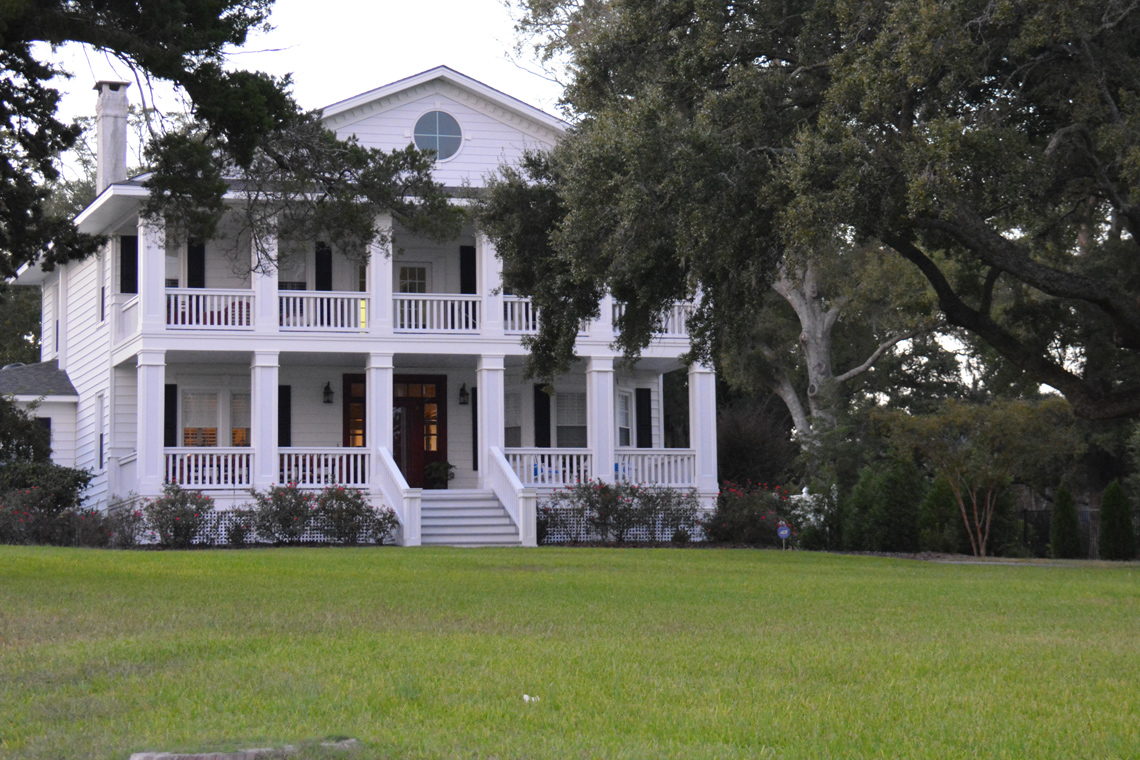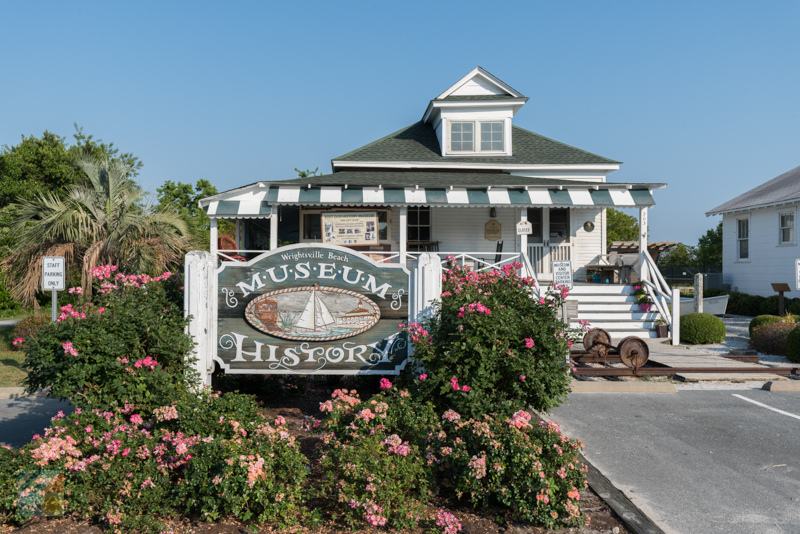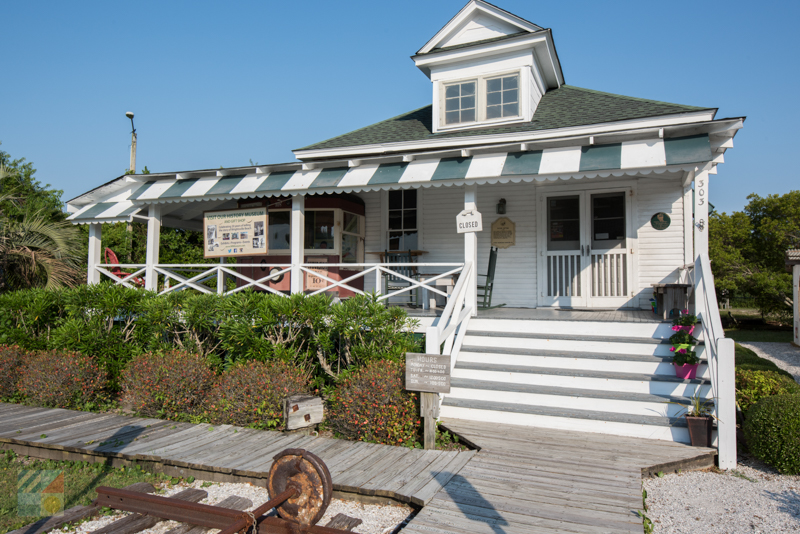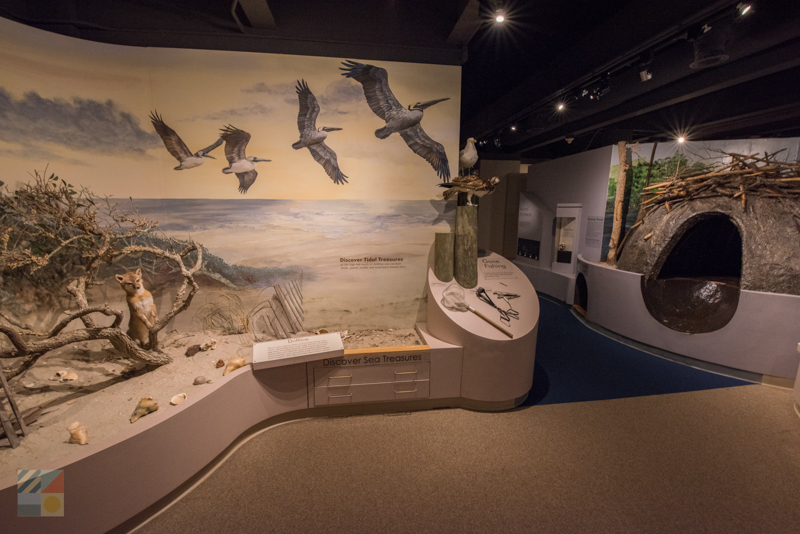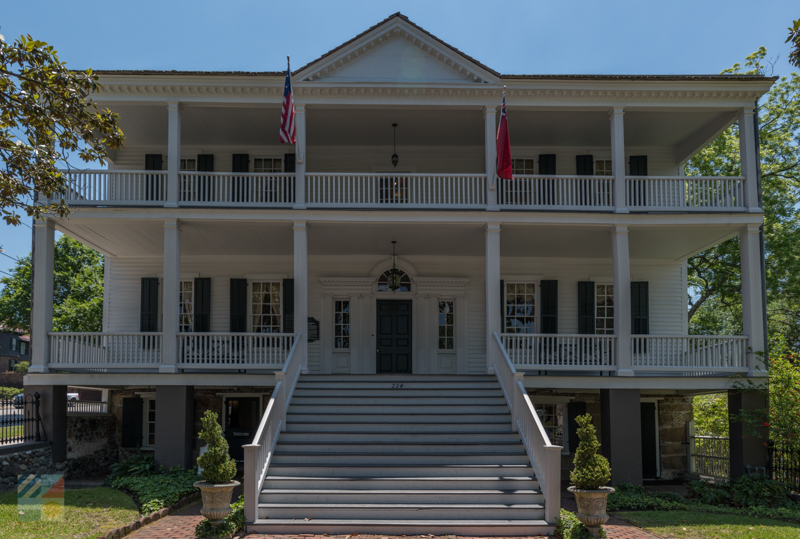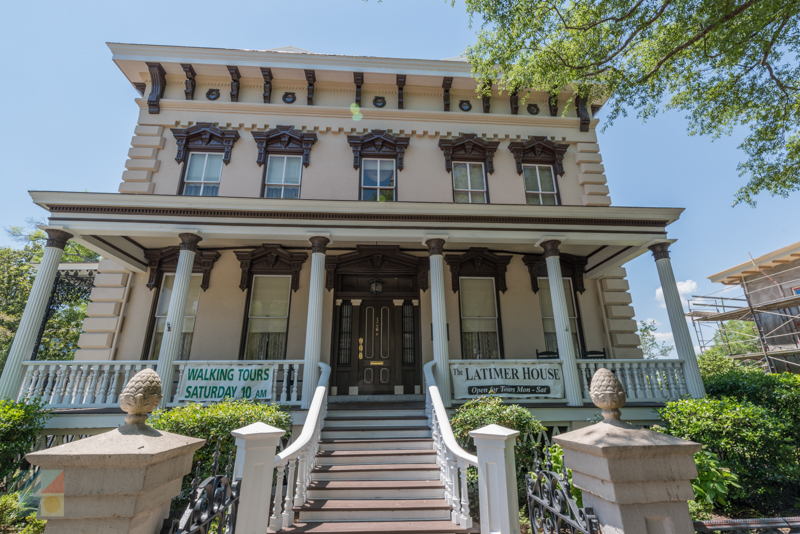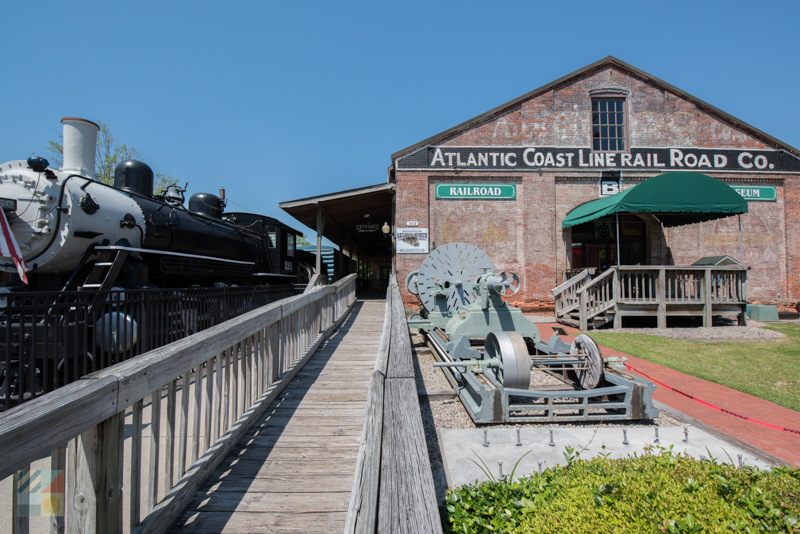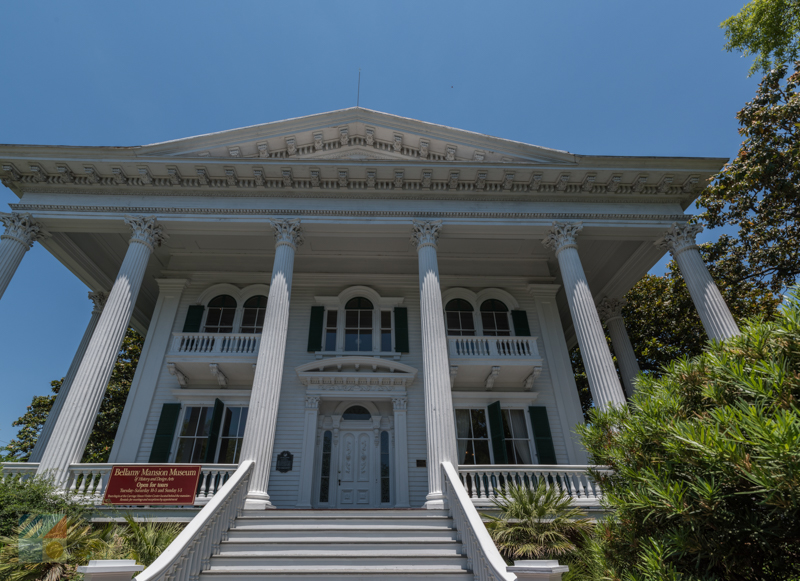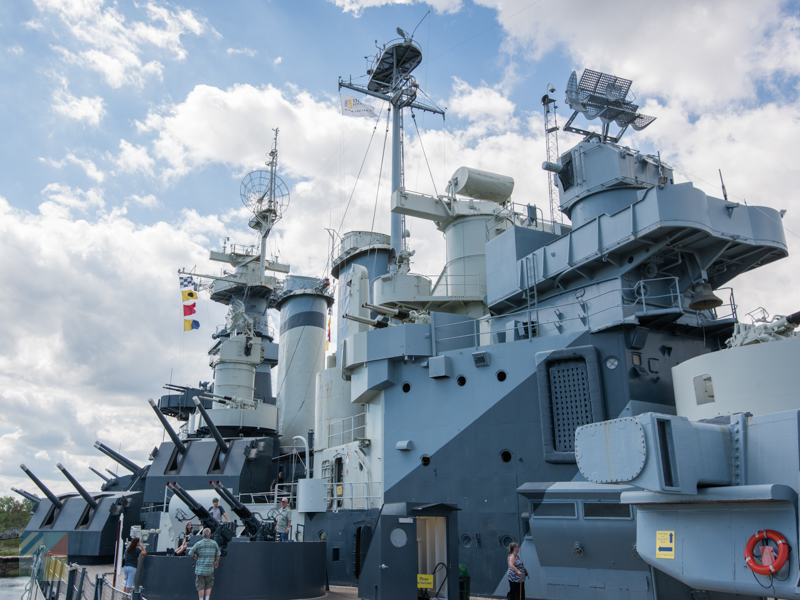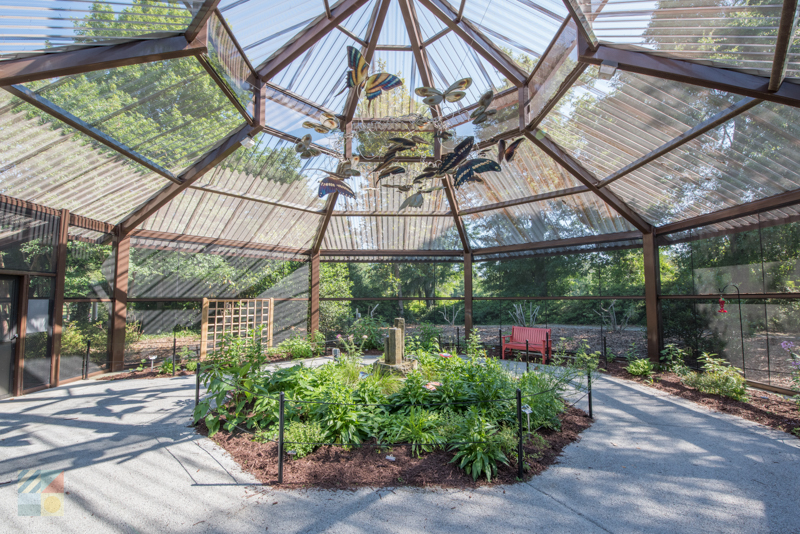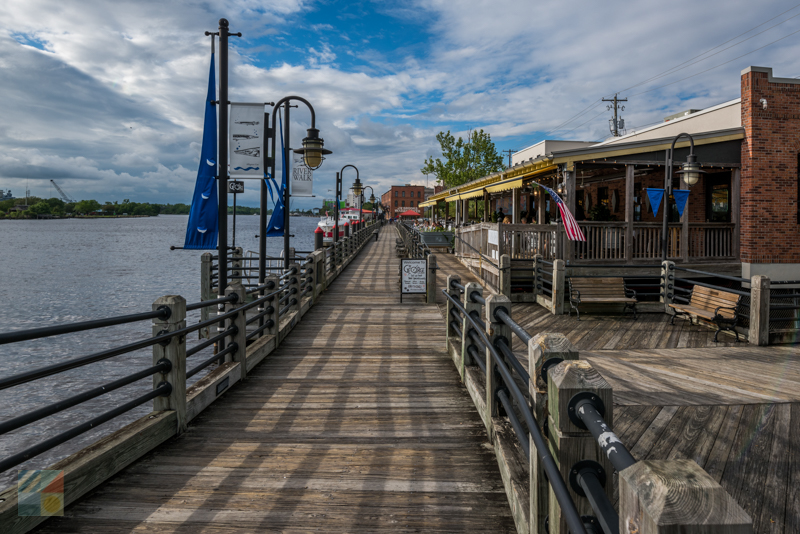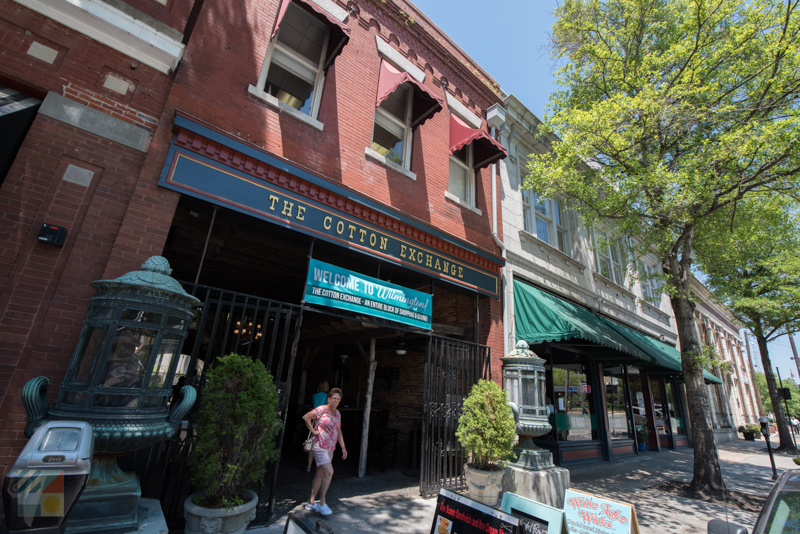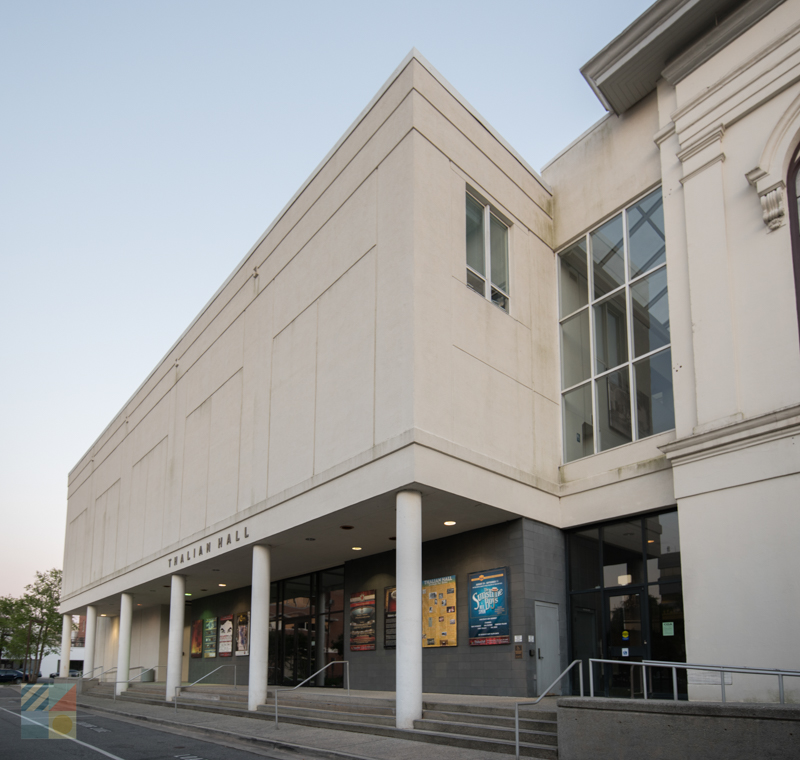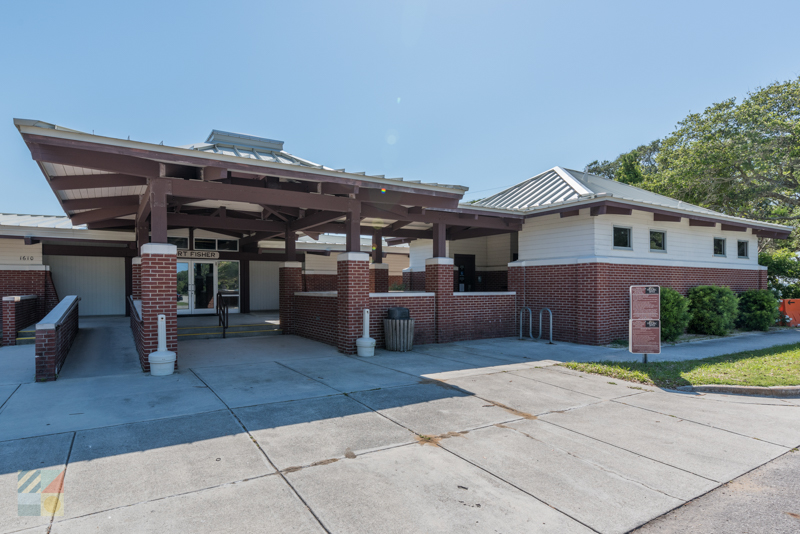With an on-site museum and a local population that has been enjoying the sun and fun for generations, Wrightsville Beach is unique in that it’s a coastal vacation destination that truly celebrates its history.
Originally home to one of the most iconic pavilions along the shoreline, and famed in visitors’ circles since the late 19th century, there’s more than meets the eye when it comes to Wrightsville Beach’s roots.
Uncover the stories that helped shape this hopping beach town on your next vacation, and discover how Wrightsville Beach helped pave the way for great times along the Cape Fear coastline.
History of Wrightsville Beach
Wrightsville Beach has been on the international map for roughly 300 years, as the region first garnered attention when it was granted by the Lord’s Proprietors to Charles Harrison in 1725 – about the same time that neighboring Wilmington was being established. The 640 acre track was the first “formal” ownership of property in the area, but the region would remain relatively isolated and unheard of for the first 100 years or so after the land was originally granted.
This started to change in 1853, when a group of seven local investors who loved sailing decided to establish the Carolina Yacht Club in the present-day Wrightsville Beach area. Officially built in 1884, the club was one of the first structures on the shoreline, and small cottages soon followed as the town became known in local circles as Ocean View Beach. (It was officially established as “Wrightsville Beach” in 1899.)
This new wave of building and visitor interest gained steam in 1887, when “Shell Road,” which ran from Wilmington to the edge of the Intracoastal Waterway, was constructed. In 1889, the Wilmington Seacoast Railroad expanded its line to the edge of Bradley Creek, connecting Wilmington to Wrightsville Beach, and eventually leading to a track across the water to bring day-tripping visitors to the oceanfront. The train would later be converted to a trolley or electric streetcar, but the gates had been opened for development to blossom on Wrightsville Beach.
At this point, the majority of Wrightsville Beach was owned by the Consolidated Railroad, Power & Light Company, which in turn was owned by the MacRae family, who had eyes on building up Wrightsville Beach as a tourism destination. Once the trolley system was up and running, the MacRae’s spearheaded the construction of the town’s first public entertainment venue, the famed Lumina Pavilion.
Outfitted with 6,000 exterior lights, (leading to its “Lumina” moniker), the pavilion was a grand structure that expanded for 25,000’ square feet, and which quickly became a popular destination for dancing, socializing, food, and live entertainment. Completed by 1905, the Lumina soon became one of the most popular destinations in the Cape Fear region, thanks to its wealth of world-renowned performers and “luminous” presence along Wrightsville Beach.
While the Lumina Pavilion was the most famous resort in the Wrightsville Beach region, it certainly wasn’t the only one. Shell Island, which was purchased in 1923, became a popular resort for primarily African Americans, and featured its own pavilion, boardwalks, concessions, and bath houses. In the 1930s, another landmark was constructed – the Ocean View Pier – which was built in 1937 and sold just a couple years later in 1939 to a local businessman, named Johnnie Mercer.
It could be argued that Wrightsville Beach’s original heyday was the 1920s, 30s, and 40s, and as new improvements were made to the landscape and area transportation, the visitors continued to flow into the beach town. A highway and car bridge to the region was constructed in 1936, allowing folks to drive to portions of the island, and the trolley service eventually faded away by 1940 as families simply got in their car to reach the beach.
The landscape started to change during the 1940s, as World War II put a brief break in the beach action, and development in the decades that followed added competing beach landscapes and amusements throughout the Cape Fear region. The original Lumina Pavilion changed hands a few times during these years, eventually becoming a skating rink and then a bar before finally closing its doors in 1972. Eventually, the original Lumina was torn down to make room for beach condos – which, along with vacation rentals and resorts / hotels, were becoming more prominent in the local Wrightsville Beach landscape.
While the attractions and landscape certainly changed over the past century, Wrightsville Beach’s reputation as a hopping beach town did not. It’s proximity to major inland towns like Wilmington and even Raleigh made it easy for day-trippers and vacationers to reach the beach, which in turn allowed the town to keep its notoriety as a popular tourist destination intact throughout the decades.
In fact, it seems that the only force that slowed down the popularity of Wrightsville Beach over the years was the force of nature. The town has gone through a number of storms over the years, but a noteworthy few have left a lasting mark.
Two major hurricanes hit in 1899, which created widespread destruction on Wrightsville Beach and which caused the complete demolition or replacement of many structures in the region, including the Carolina Yacht Club. The next major storm which affected the area, (as well as regions all along the coastline), was Hurricane Hazel, which made landfall at nearby Holden Beach on October 15. 1954. This hurricane was the only Category 4 storm to make landfall in North Carolina, and it destroyed whole portions of the state’s coastline.
The most recent devastating hurricane for Wrightsville Beach was the one-two punch that was caused by 1996’s Hurricane Bertha and Hurricane Fran. These two storms wiped out the local fishing piers, which included Johnnie Mercer?s Pier, which was eventually reconstructed out of solid concrete to make it more stormproof in the decades to come.
Despite these storm setbacks, however, Wrightsville Beach has seemingly always been on the road to prosperity. Still enjoyed today for its beautiful beaches and attractions, just as it was 100 years ago, Wrightsville Beach shows no signs of shedding its reputation as one of the most fun destinations along the North Carolina coastline.
Historic Spots around Wrightsville Beach
Want to further your area education? Then check out these destinations where learning all about the roots of Wrightsville Beach and the famous Cape Fear area is a breeze.
Wrightsville Beach Museum of History
The Wrightsville Beach Museum of History is packed with information about this historic beach town, and is housed within an authentic early 20th century beach cottage. Rooms within the museum have been transformed to mimic what a traditional beach house looked like more than a century ago, and are stuffed with period artifacts and memorabilia. In addition, the Museum has a host of other permanent and seasonal exhibits, such as a model of the famed Lumina Pavilion, and special displays on the history of surfing, bathing suits, postcards, and other activities or elements of the traditional Wrightsville Beach lifestyle.
Cape Fear Museum
The Cape Fear Museum, which is located in nearby Wilmington, is the oldest museum in North Carolina and was established in 1898. The two-story structure features a wealth of exhibits on local area-wide history, which includes the battle of Fort Fisher, the natural history of the coastal landscape, and the heyday of Wilmington during the mid-19th century. From the indigenous Native Americans who called the region home to its rise to fame in Hollywood circles, no chapter in the story of the Cape Fear area has been skipped in this always engrossing museum.
Burgwin-Wright House Museum and Gardens
Built in 1770-1771, the Burgwin-Wright House Museum and Gardens is a beautiful representation of Georgian architecture, and is a historical residence in the heart of Downtown Wilmington, NC that was converted to a museum in 1957. Today, visitors can tour the home and grounds which are filled with period antiques, and which feature unique components which include a separate kitchen house and gorgeous gardens.
Latimer House Museum and Gardens
More than 600 antiques and period furnishings are housed within the Latimer House Museum and Gardens – a stunning residence that was built in 1852 and which has a central location in the heart of neighboring Wilmington. This home turned museum is famed for its stunning architecture, its original outbuildings which includes restored slave quarters, and its Victorian-era gardens.
Wilmington Railroad Museum
Wilmington was once famed as the home to one of the largest single track railroad lines in the world, and visitors can explore this history in-depth with a visit to the Wilmington Railroad Museum. Housed within a former depot / warehouse, this museum features an authentic locomotive, caboose, and boxcar, a model train room, and plenty of exhibits on Wilmington’s ties to the railroad industry, which includes its 18th century heyday as one of the busiest port towns on the East Coast.
Bellamy Mansion
Constructed on the eve of the Civil War, (and finished by 1861), this former doctor’s residence has been converted into a stunning museum with plenty of antiques and furnishings from the 19th century. Visitors can take a tour through the extensive property while admiring a historic carriage house, slave / servants’ quarters, and scenic gardens through a self-guided audio or docent led expedition. Located in the heart of Downtown Wilmington, NC, the Bellamy Mansion is a must-stop during any historical home exploration.
USS Battleship North Carolina
Completed by 1940, the USS Battleship North Carolina was one of the most celebrated battleships during World War II, and earned 15 battle serves during the war years. Serving in virtually every major Pacific offensive, the battleship was eventually retired and moved to the heart of waterfront Wilmington where it’s not permanently anchored as a museum and exhibit. Modern visitors can explore the ship in depth from the topside decks to the galleys and engine rooms below and learn all about this ship’s legacy during its brief but history making tenure.
Airlie Gardens
Extending for 67 acres, the famed Airlie Gardens were once the private gardens of a wealthy local family in the late 1800s / early 1900s before being transformed into one of Wilmington’s most breathtaking public attractions. Today, visitors can explore the grounds which includes original historic outbuildings and structures within the premises, as well as a more than 500-year-old oak tree known as the Airlie Oak.
Wilmington Historic District
The Wilmington Historic District is one of the largest historic districts in the country, and extends for more than 230 city blocks with roughly 900 contributing buildings, structures, and historic sites. Visitors can easily tour the district via a self-guided exploration of the city streets, or can learn even more by embarking on a local tour – which is available on foot, by boat, or even onboard a trolley or horse drawn carriage.
The Cotton Exchange
Visitors who want to combine a little shopping and history can head to The Cotton Exchange – a unique shopping complex that’s comprised of eight original warehouse buildings. Formerly the Cape Fear Flour and Pearl Hominy Mill circa 1884, today’s visitors can still marvel at the original architecture while exploring a network of distinctive boutiques, shops, and eateries.
Thalian Hall Center for the Performing Arts
For a night on the town with a historic backdrop, head to the Thalian Hall Center for the Performing Arts – a famous theater in the heart of nearby Wilmington which attracts legendary performers, comedians, musicians, musical ensembles, and dance troupes from all over the world. Built in 1858 as a premier opera house, the center has remained on operation almost continually since first opening its doors, and retains its grand mid-19th century architectural elements, inside and out.
Fort Fisher Historic Site
Head south from Wrightsville Beach along the coastline to connect with this historic site that once played a pivotal role in the Civil War. The earthen Fort Fisher held for the majority of the war, protecting the valuable Wilmington port city from Union forces, but it eventually fell in January 1865, with Union troops overcoming the fort, and eventually the coastal Cape Fear region. It was a fatal blow for the confederacy, with the war ending just months later, and today, visitors can retrace the fort’s importance through an on-site visitors center, a series of displays, and the remnants of the former fort itself.
Wrightsville Beach and the surrounding Cape Fear region is brimming with rich history, and it won’t take visitors very long to discover that this coastal destination has deep roots. From the cool local museums and historic sites, to the famed shoreline itself, Wrightsville Beach is a destination where a history lesson and a vacation filled with fun naturally go hand in hand.

